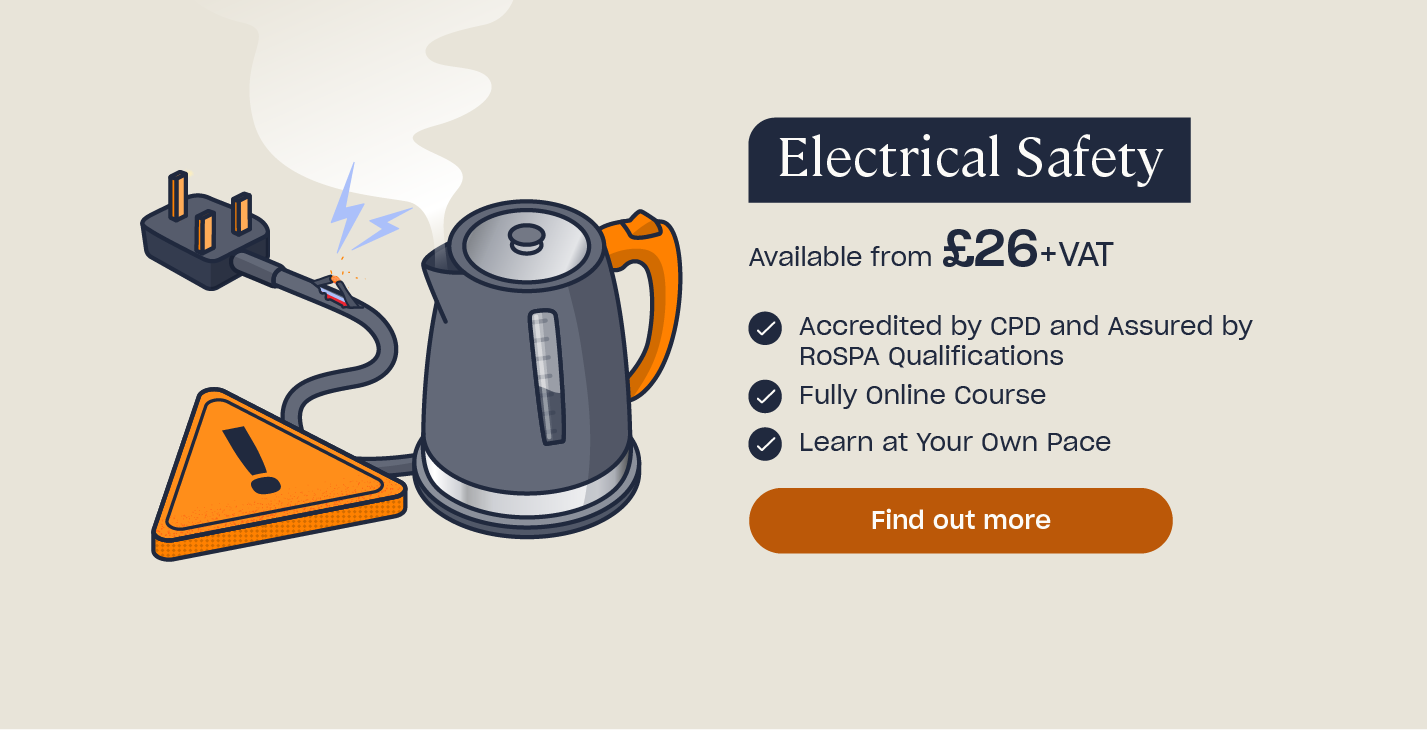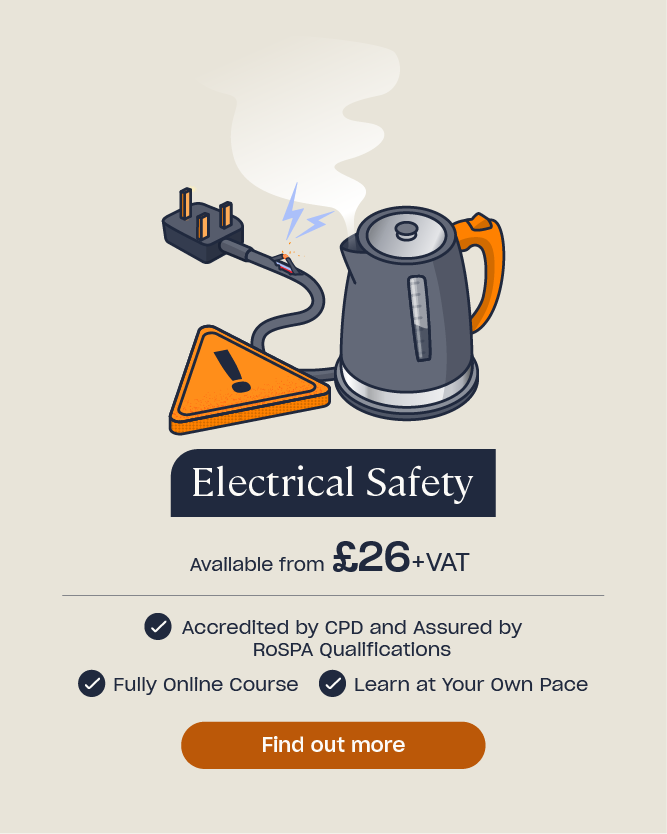Electrical Safety Guidance for Working on Construction Sites
Working with electricity in any environment can be highly dangerous but particularly so on a construction site where the hazards have the potential to be on a much bigger scale.
It’s often a lack of awareness that causes the most damage so it’s essential that anyone required to work on a construction site understands the risks and knows how to act to avoid themselves, or anyone else, coming to harm as a result of electricity.
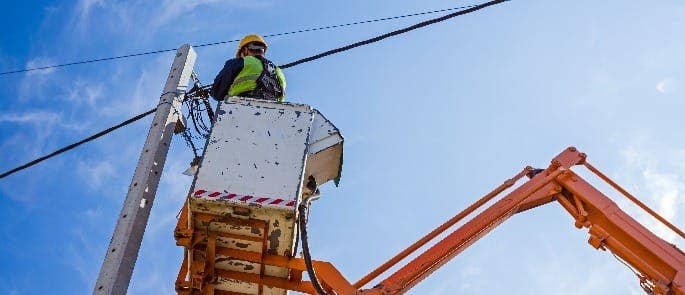
Use our guide to electrical safety below to help develop your understanding of the risks.
Things to Consider Before Working on a Construction Site
Before you begin any work on a construction site there are three key things that you need to consider:
1. Risk assessments
Before work on a construction site begins the person in charge, by law, must carry out a risk assessment. The aim of this is to identify all of the potential electrical hazards and ensure that suitable control measures are in place to prevent them from causing harm to workers. If you are an employee about to start work on a construction site then make sure you familiarise yourself with the results of the risk assessment so you understand which hazards you need to look out for.
2. Electrical services maps
As part of the risk assessment process your site operator should have obtained up-to-date maps from the local council that detail where any potentially hazardous wires, cables or electrical equipment are located within (or near to) the construction site. Again, ensure you have familiarised yourself with these maps (if any) before beginning work.
3. Safe systems of work
If your role on the construction site requires working directly with (or near) live electricity then it’s important that you’re fully trained and competent to carry out the work safely. Your employer will have set out a safe system of work (SSoW) which specifies the competence, skills and knowledge required to do this task. Before beginning work, ensure that you’ve read the SSoW document carefully and have taken on board all information and/or training provided by your employer.
Need a Training Course?
Our Electrical Safety Training is designed to ensure that both employers and employees understand the main risks and the necessary controls for the safe use of electricity at work. Wherever people are working, there are risks to the users of electrical installations and equipment that must be considered.
Common Electrical Safety Hazards on Construction Sites
Your employer’s risk assessment will have identified the potential electrical hazards on the construction site so make sure you’re familiar with what has been learned and what controls are in place that you must follow. Each construction site is likely to have different hazards that are unique to them so it’s important that you pay attention to each individual risk assessment. However, some hazards are common on all construction sites, such as:
Overhead power lines
The Health and Safety Executive estimates that over 50% of fatal electrical accidents are caused by contact with overhead electric power lines. Often this is due to lack of awareness because a risk assessment hasn’t been conducted or workers haven’t educated themselves about the hazards. If machinery or vehicles get too close to power lines then electricity will be conducted through them – as well as through anyone using or touching the equipment at the time.
If you need to carry out work near overhead power lines then it’s vital to take precautions to prevent accidents happening. This includes consulting the local electricity company about how to proceed safely; asking the local electricity company if power lines can be switched off before work begins and always assuming that power lines pose a risk, never being complacent.
Underground power cables
Underground power cables can be more hazardous than overhead ones as they are hidden from view and you may not know about them until it’s too late. It’s also impossible to tell by sight whether these cables are live when they are uncovered. Care needs to be taken when carrying out digging tasks on all construction sites, particularly if working on streets, pavements or near buildings.
If you need to carry out work near underground power cables then you’ll need to take appropriate precautions. This includes consulting the local electricity company, highways authority and council for up-to-date maps of buried services; using suitable cable-avoidance tools; following safe digging practices and always assuming that cables will be present before beginning any sort of digging work.
Electrical equipment and/or machinery
It’s guaranteed that your role on a construction site will involve some sort of electrical equipment, whether it’s a hand-held portable tool, something bigger that’s plugged into the mains or a large piece of machinery. If you are required to use electrical equipment of any type then it’s important that you’re trained and competent to operate it (this is a requirement under the Provision and Use of Work Equipment Regulations 1998, or PUWER).
To use electrical equipment safely: carry out a quick visual inspection before use; use residual current devices where appropriate; ensure that isolation devices work correctly; reduce the supply voltage where possible; always turn the equipment off when not in use and never use electrical equipment that is showing signs of damage.
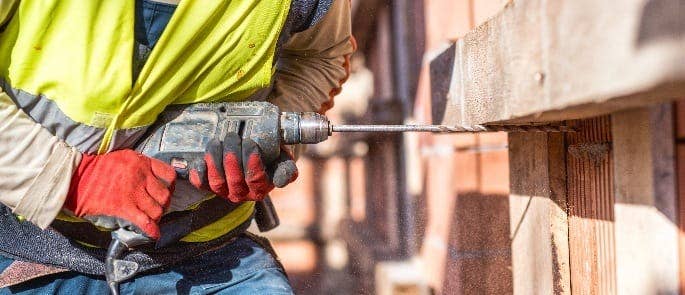
Personal Protective Equipment (PPE)
Specialist protective clothing and equipment should only be used as a last resort when working with electricity. You should not rely on PPE to keep you safe. Instead, PPE can be used as a further precaution alongside other control measures (such as the safe use of equipment and good working practices).
Employers are responsible for providing workers with PPE – you should never have to purchase it yourself. If you’re provided with protective clothing then make sure it fits correctly, is worn properly and at all times and is kept in good condition. Consult your employer or the SSoW to learn more about when and where PPE is required on the construction site.
Examples of PPE that can be used around electricity include:
- Safety glasses or a face shield.
- Insulating gloves.
- Insulating or anti-static boots.
- A helmet with or without a face shield.
- A flash protection kit.
Electrical Safety Signs on Construction Sites
Electrical safety signs are used to alert you of any potentially high voltages, overhead power lines or other electrical hazards that you need to be aware of whilst on-site. If you see any warning signs on a construction site it’s imperative that you pay attention to them: these signs are there to protect your safety and should never be ignored.
The following electrical safety signs are common ones that you may see around the site:
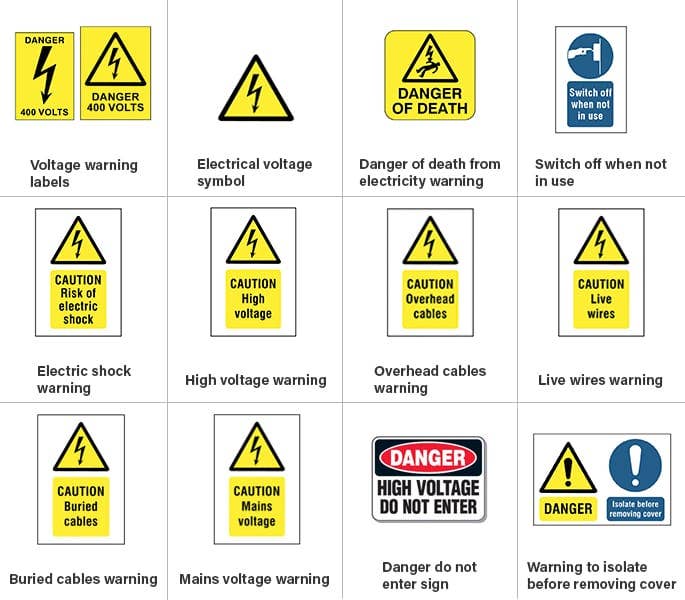
Further Resources:
There’s so much to learn about health and safety on construction sites. Hopefully you’ve found the information on this page useful but if you want to discover more then take a look at one of the following resources:
- How to Avoid Electrical Hazards at Work
- LOLER Inspection Checklist
- Electrical Safety Symbols & Signs: What Do They Mean?
- Electrical Safety Quiz
- Ten Common Construction Site Hazards
- Protecting the Public During Construction Projects
- Electrical Safety Training


